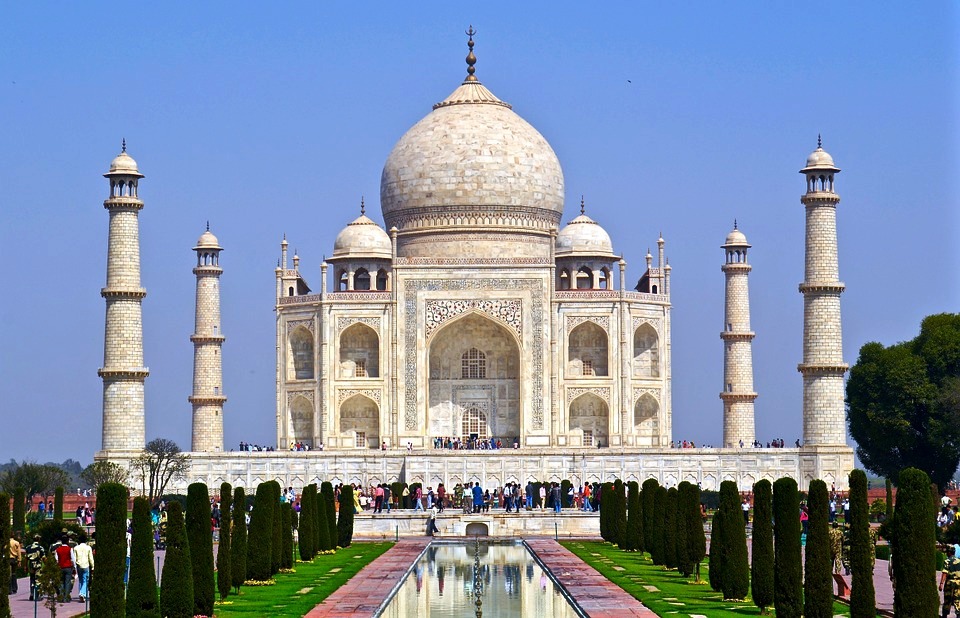The Taj: A symbol of love or an abode of divinity?
Taj Mahal, the 17th century architectural marvel, one of the seven wonders of the modern world, visited by millions of tourists, is caught up in a new controversy. Is it actually a temple dedicated to Lord Shiva, one of the Hindu trinity?
Located in Agra, 233 kilometers from the national capital, New Delhi, it is one of the most popular tourist destinations in India. It drew 6.2 million visitors in 2016 — both domestic and foreign, and earns around INR 250 million annually. It is estimated that a quarter of the foreign tourists visiting the country make a trip to see this monument.
Yes, we are talking about the Taj Mahal, the symbol of love built by emperor Shah Jahan, in memory of his beloved wife, in the 17th century.
This UNESCO World Heritage Site seems to have hit the headlines for all the wrong reasons.
Besides decades of bureaucratic apathy, the effects of Agra’s toxic smog have resulted in the yellowing of the Taj Mahal, which is known for its pristine white marble. Further, the exposure to moisture from the Yamuna river has created structural issues that threaten its very foundation.
And now, a new controversy surrounds this edifice, as the Central Information Commission has directed the Ministry of Culture to clarify its stand on whether the Taj Mahal is a mausoleum built by Shah Jahan or a Shiva temple gifted to the Mughal Emperor by a Rajput king.
Information Commissioner, Sridhar Acharyulu, in his recent order asked the Ministry to rest the controversy and clarify doubts about the history of the white-marbled mausoleum.
Acharyulu recommended that the Ministry give information on its stand on the cases related to the provenance of the Taj Mahal, and on the frequent claims based on historian P N Oak and advocate Yogesh Saxena’s writings.
“Many people have stated that the Taj Mahal is not Taj Mahal but actually, Tejo Mahalaya; that this was not constructed by Shah Jahan, but was gifted by Raja Maan Singh; hence, give the facts as per ASI reports-details with evidences,” he asked.
However, the Archaeological Survey of India told the CIC that no such record was available with it.
B K S R Ayyangar, who approached the ASI through a Right to Information application asking whether the monument in Agra was the Taj Mahal or ‘Tejo Mahalaya’, also demanded “construction details” of the 17th century monument, including its rooms, hidden rooms and the rooms closed to public citing security reasons.
The medieval era wonder also hit news when Chief Minister Yogi Adityanath, presented big plans to preserve and promote the state’s rich cultural heritage in its annual budget for 2017–2018. The Yogi Government earmarked INR 1.24 billion to develop the ancient, sacred Hindu cities of Ayodhya – the birthplace of Lord Rama, Varanasi – the abode of Lord Shiva, and Mathura – the birthplace of Lord Krishna. The state government also allocated an equal amount for developing the infrastructure facilities in these Hindu holy pilgrim centres. But, the Taj Mahal was conspicuously absent in this mega heritage revival!
Worst still, the contribution of the Mughals is systematically diluted to suit the politics of majoritarianism. History text books for schools in several states are being rewritten undermining the contribution of the Mughals. The limelight on the Taj Mahal will only add fuel to the communal divide.










